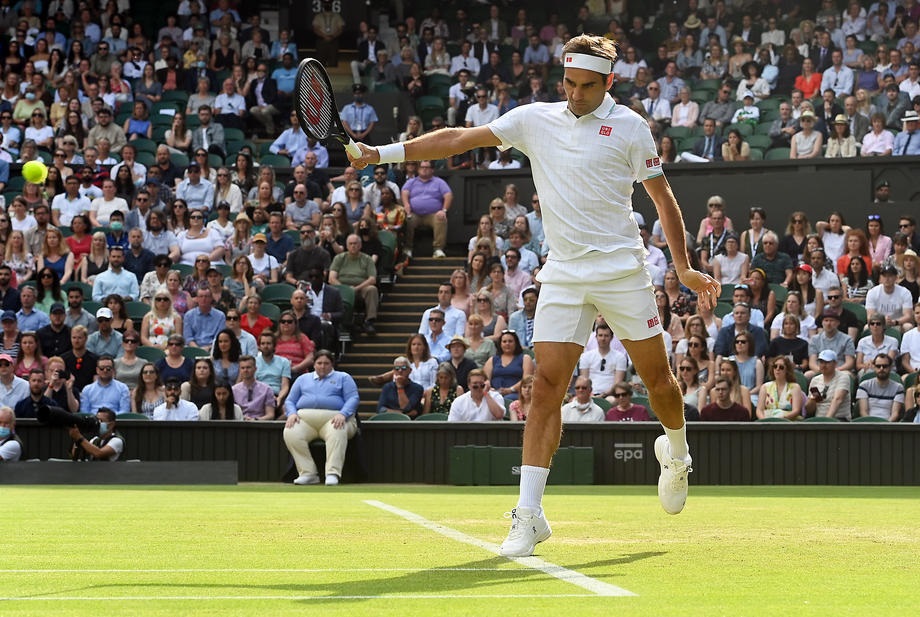- Mubadala Citi DC Open Men’s and Women’s Tennis Draws
- Paris Olympic Tennis Draws and Order Of Play for Saturday, July 27, 2024
- Kitzbuhel Generali Open Draws and Order of Play for Friday, July 26, 2024
- Paris Olympic Tennis Singles and Doubles Draws
- Croatia Open Umag Draws and Schedule for Friday, July 26, 2024
- Atlanta Open Draws and Order of Play for Thursday, July 25, 2024
- Croatia Open Umag Draws and Schedule for Thursday, July 25, 2024
- Laver Cup Tennis 2024 Is in Berlin September 20-22 • Almost all the top men’s players will be playing
- Coco Gauff Named Team USA Flag Bearer for Olympic Games
- Kitzbuhel Generali Open Draws and Order of Play for Wednesday, July 24, 2024
- Croatia Open Umag Draws and Schedule for Wednesday, July 24, 2024
- Atlanta Open Draws and Order of Play for Tuesday, July 23, 2024
- Fils upsets Zverev for Hamburg title, Borges beats Nadal in Bastad
- Kitzbuhel Generali Open Draws and Order of Play for Tuesday, July 23, 2024
- Croatia Open Umag Draws and Schedule for Tuesday, July 23, 2024
Will Serena Be In Charge Of The Women’s Tennis Ecosystem?
- Updated: January 17, 2020
By Alix Ramsay
Popular wisdom has it that the women’s game is in the rudest of rude health – 10 different winners of the last 12 grand slams – while the men’s game is still struggling to break free of the grip of Messrs Federer, Nadal and Djokovic.
In the past three years, only Naomi Osaka and Simona Halep have managed to win more than one major title. That, surely, indicates a healthy strength in depth in the women’s game. Well, it depends which way you look at it: yes, there have been 10 women in the past three years who, when faced with a major final, have gulped and thought, ‘I can do this’. But, no, there has not been a single soul who has reached one of those finals and thought, ‘there is a gap in the market and I am ready to fill it. Prepare for world domination!’.
None of this comes as any great surprise to Sven Groeneveld. Then again, after a lifetime of coaxing the best out of players from around the globe, not a lot surprises our Sven these days. When he surveys the list of new grand slam champions, he does not see a new wealth of talent and a major change in the game; instead, he sees a weird blip in the normal order, an unbalancing of what he calls the ‘ecosystem’ of women’s tennis.
During these past three years, various external factors have played their part in the story.
As 2017 began, Petra Kvitova was recovering from an horrific knife attack, Serena Williams had just discovered she was pregnant (just as she was about to begin her Australian Open campaign), Victoria Azarenka was a new mum, Maria Sharapova was serving the end of her suspension for failing a drugs test and Ana Ivanovic had just retired. That took five grand slam champions out of contention and while Sharapova, Azarenka and Kvitova did return by the end of that year, it would be a long, long time before they would pose a consistent threat to anyone.
“That changes the whole ecosystem,” Groeneveld said. “Now just think you take out the biggest predators in any other ecosystem, whether it’s in nature – you take out a lion, you take out a tiger – what do you think is going to happen? The average players, the average are going to rise. There’s going to be more and more coming out because there are not any predators that are eating them.
“I translate it to a very natural process: the landscape had changed because women were leaving the game either temporarily or full time.
“Ana Ivanovic became No.1 because Justine Henin was going to retire, remember that? That was in 2008. These moments do happen. Kim Clijsters had left the game – it had already started a while back: that element of players leaving and coming back, whether through injury or through maternity or just a suspension.
“But that gave the other players a great window of opportunity which normally they would not get. And because things had changed, they didn’t have to go through all the stages in order to get to that first level of expertise which is winning a grand slam or becoming No.1 in the world. It was because the ecosystem was not as strong as it normally would be.”
Of course, the biggest predator of all – Serena Williams – is still around and since having her daughter in the September of 2017, she has reached two Wimbledon and two US Open finals. She may not be quite the player she was before she had young Olympia but she is still a terrifying sight on the other side of the net. And still chasing down her 24th grand slam title, she has given no indication that she plans on retiring for a while.
“It’s complicated,” Groeneveld said. “Now, do I believe that we’re looking into a positive evolution of women’s tennis? Yes. Because once Serena does leave the game, that does give a chance to others to explore that and there will be some repeat grand slam champions. It’s there.
“Are we going to see another Serena winning 24 grand slams? I hope she gets there one day, that she does equal [the record] and I hope that she does get beyond it because it would be good for tennis and then we can say goodbye, now we’re going to get ready almost like for a new product.
“I believe that once Serena is out of the game, there will be that leverage for Halep or for Osaka to say ‘I want to dominate’. But while Serena is in there, they will say ‘I know I cannot dominate because I can lose any minute to Serena’. But when Serena leaves, I believe there are four or five players that actually can say ‘I can be dominating this sport; I can consistently be No.1’.”
The dominating characters in the game do not only strike fear into the opposition, they force their rivals to improve, to work harder, to take more risks – Chrissie and Martina blamed each other for prolonging their careers and for making them better players the older they got; Roger, Rafa, Novak and Andy all admit that they became the players they are today because of the opponents they had to face every week for the past decade. So, without those predators, the lesser ranked big cats have no one and nothing to inspire them.
“If 80 per cent is enough for me to achieve my goals, why would I go to put even more effort if I can achieve this much?” Groeneveld said. “You see also players that get injured: they come back and they have great results. A lot of them have that. It’s because they have this leverage, that now I need to work because I was away from the game; I need to refocus.”
But if this sounds like a major criticism of the women’s game, it is anything but. Groeneveld sees great possibilities for the future in the likes of Osaka and Halep and also, further in the future, for Coco Gauff. Then there is Bianca Andreescu, the winner of the US Open just a matter of months ago. Not only did she beat Serena to claim her prize, she did it in only her fourth appearance in a grand slam event. The future, when it comes, is bright. What Groeneveld is less keen on is the marketing spin that is put on the current situation.

“The top players are phenomenal athletes and they have that extra ingredient,” he said. “But if 50 per cent of your top 10 leaves your game [as in the last three years] – your ecosystem changes. And the ecosystem of our tennis, of women’s tennis, is not healthy.
“Everybody is talking ‘oh, it’s so great’. I know that that’s a sales job. That’s why I was happy to see Naomi win two grand slams. Those wins brought her massive success and she signed huge, new contracts – but she couldn’t deal with that. It’s just too much. There’s only so many hours in a day when you can do interviews and photoshoots and have other responsibilities.
“I think it will take another year, another grand slam season – so 2021 is the year where the new generation is going to make a real impact. And that’s why a Coco Gauff is so embraced because she’s so far from Serena, it’s like ‘that’s our new hope. That could be our new star’. They had it with Naomi already, they blew her up: ‘oh, this is our new star, two grand slams’. And now you have ‘oh, wait, Halep just won Wimbledon, holy smoke. Barty won the French. Andreescu won in New York. What happened? Coco Gauff? Coco Gauff! Ah, that is our future.’”
The future, like the present, then, depends on Serena: will she go or will she stay? ‘Twas ever thus in women’s tennis.
🎾🎾🎾






